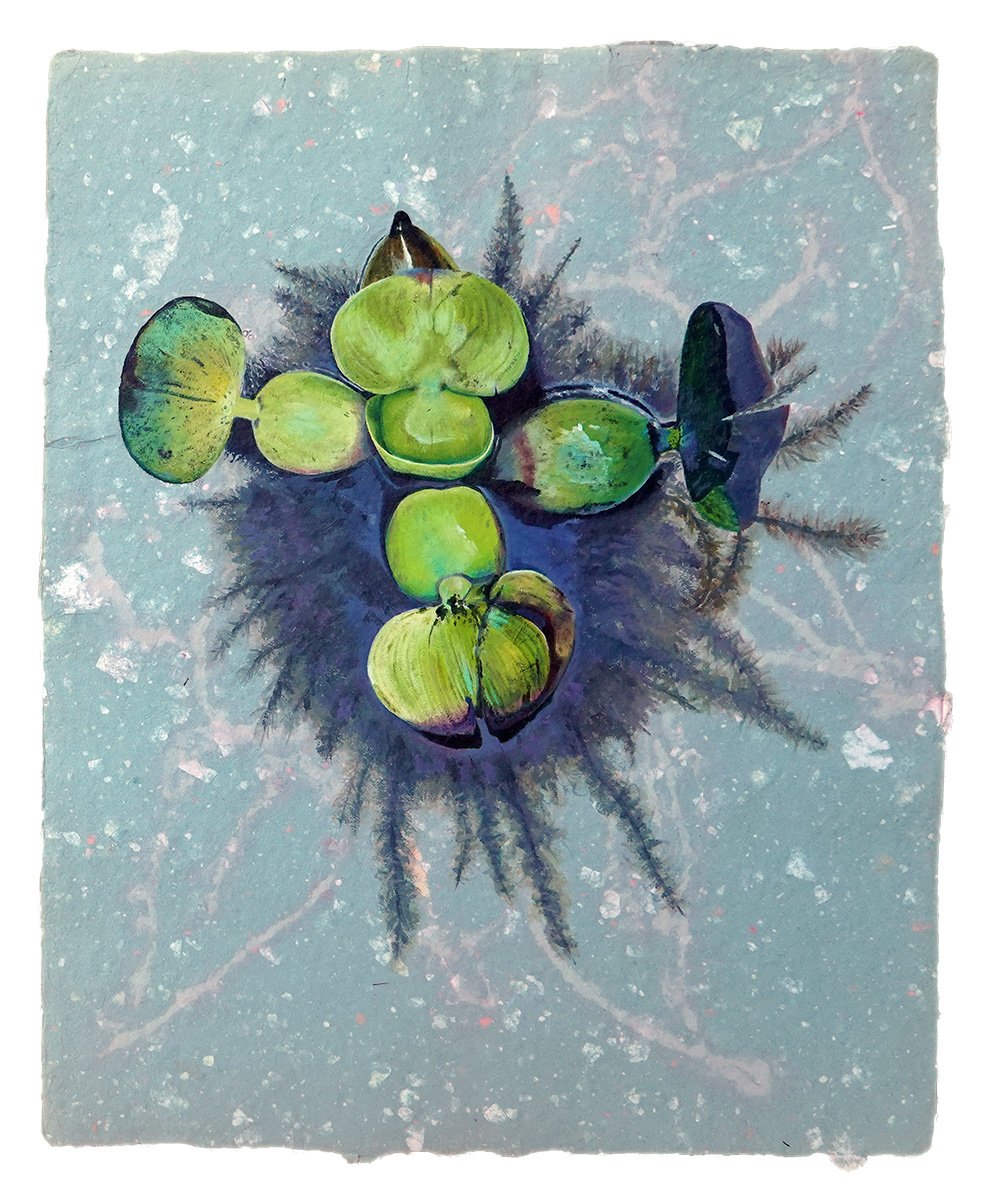I’ve wanted to paint a red spider lily (Lycoris radiata) for some time because of their Asian iconography. In Japanese, this flower is the 彼岸花 (higanbana), and it symbolizes death, farewells, and the afterlife across Asia. It is planted around graveyards due to its toxicity, which discourages animals from disturbing graves. In artwork and storytelling (including anime), higanbana often foreshadows an upcoming fatality. An interesting botanical aside about this plant is that the bulb blooms first; usually only after the flowers die does it send out leaves!
Higanbana blooms between late August through early October, around the autumnal equinox. Due to my teaching schedule, my visits have only been possible in the early summer, so I couldn’t see them bloom in person here in Japan. I also tried and failed to source a bloom in the USA; due to its floriography, florists don’t carry it and if I bought and planted a bulb, it typically takes 4-7 years to flower.
However, a friend and Morningside alumna is relocating soon to Tokyo, and she was visiting Japan last autumn. I asked her if she’d be able to do me the favor of taking a few photos of these flowers and ceding me the copyright. She was willing and accomplished the task, so when I arrived at Takeo-onsen, I began work on this painting right away!
This is Red Spider Lily, acrylic on lattice pattern brass leaf Torinoko paper, 11.6x17.5”, 2025. It’s impossible to simultaneously photograph the painting well and show the reflective sheen of the paper, so just know that this painting is far more regal in person due to the golden metallic luster of the substrate.
